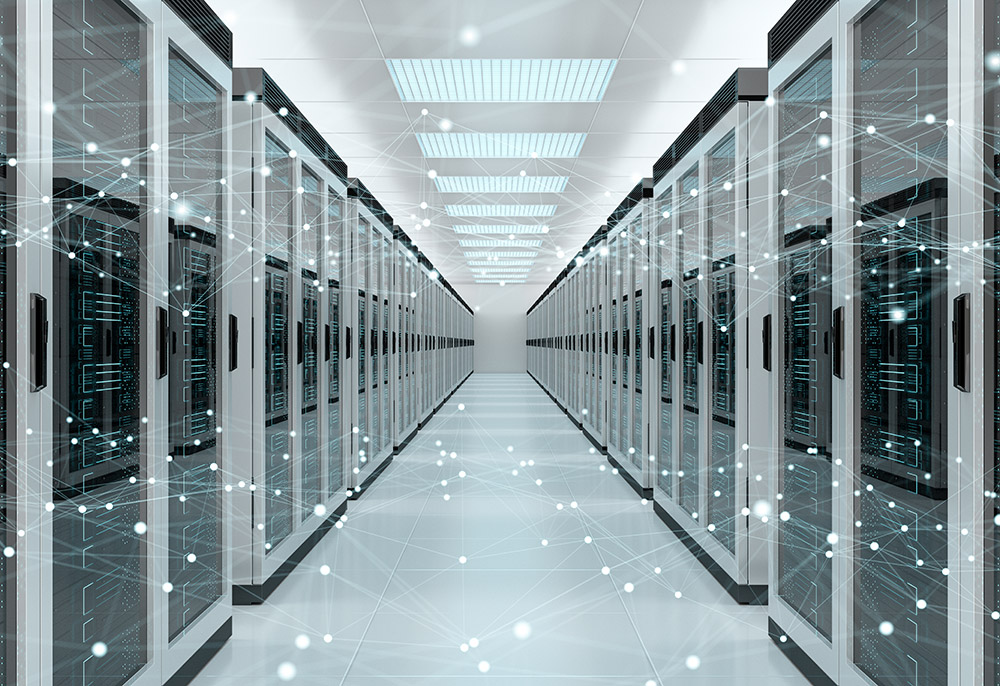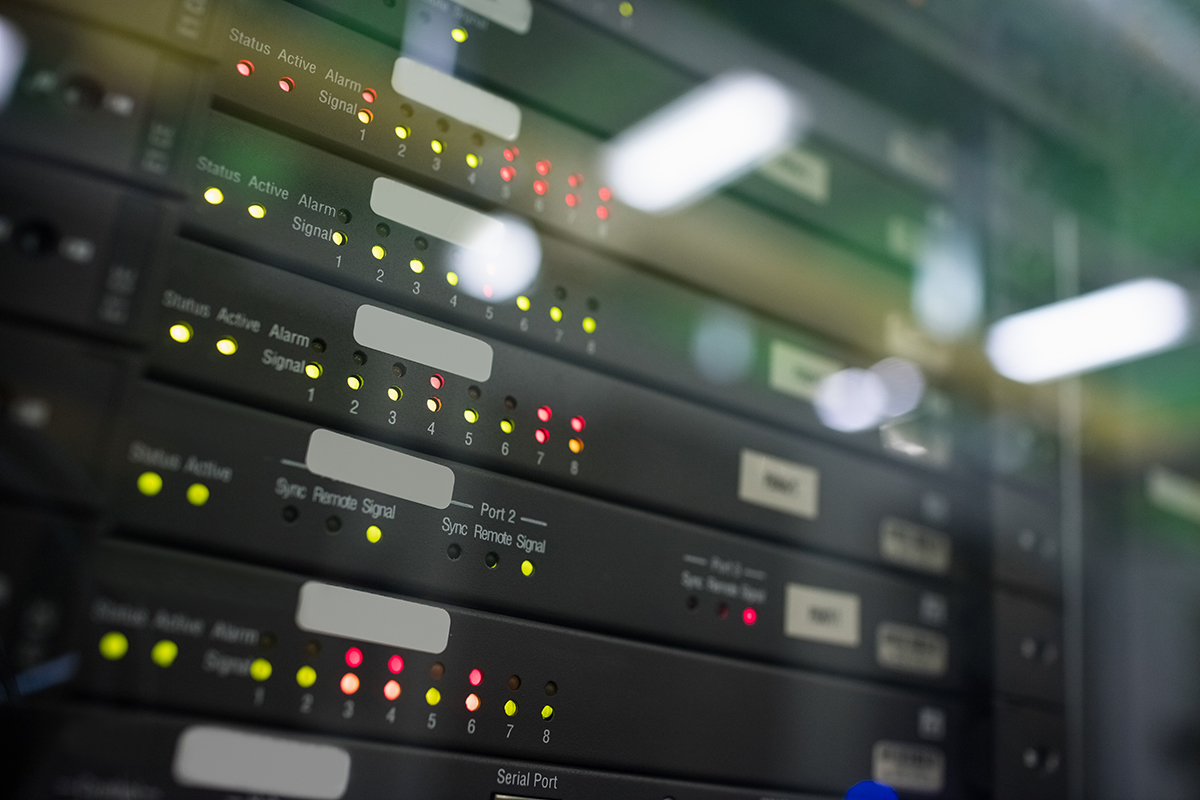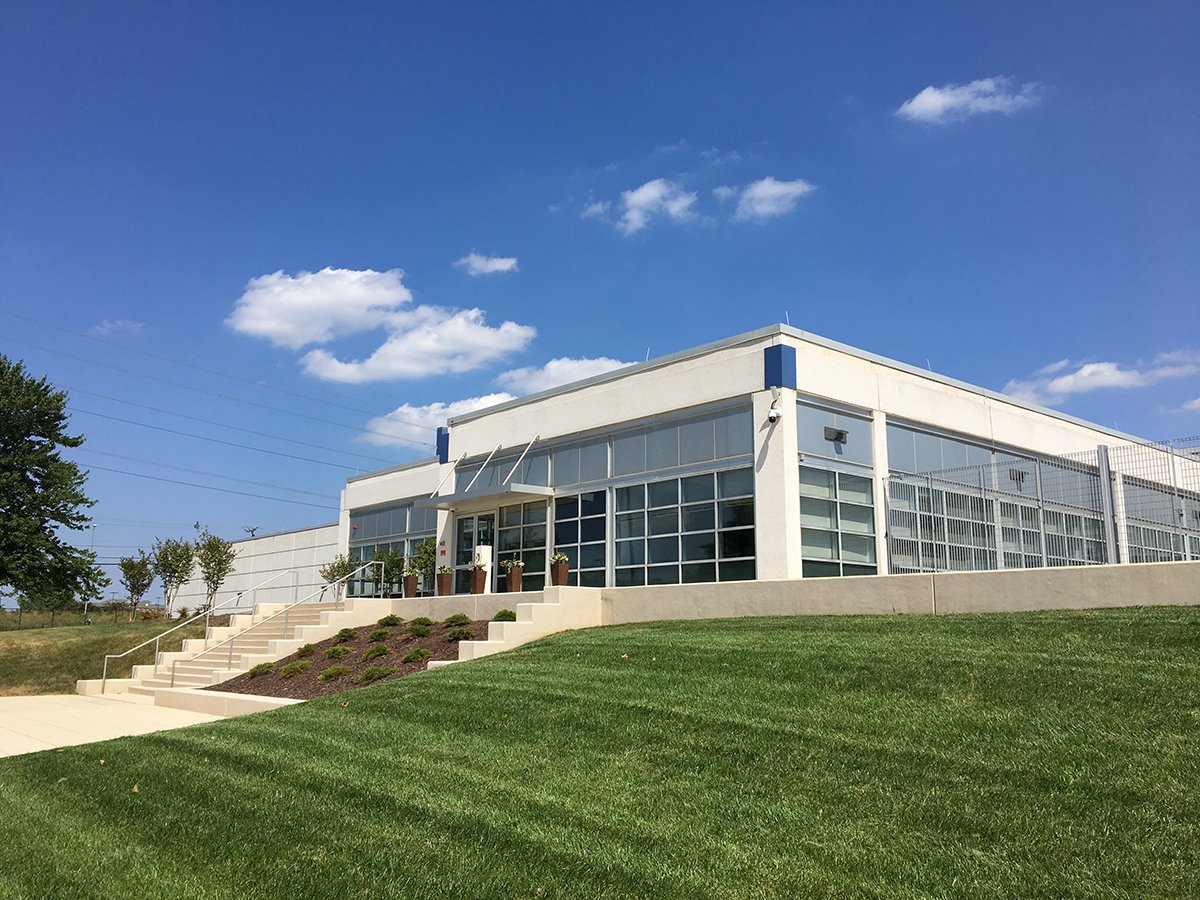Critical Facilities & Data Centers Management

A common trope in disaster movies is that moment when the power goes out, surgeons are plunged into dark operating rooms, cars scream through suddenly unregulated intersections, people stare at blank screens. Everything comes screaming to a halt.
Preventing some or all of that is the daily goal at data centers and other mission critical facilities. For buildings like these, every system needs to be monitored, analyzed, and controlled to make sure that nothing goes wrong. Mission critical and data center facilities management is a complex job that gets consistently more complicated.
Insight into these operations requires streamlined monitoring of a large number of inputs, from sensors to equipment controllers, and that data needs to be plugged into sophisticated analytics platforms that can provide actionable insight. With this, facility managers gain more visibility and control, operations get smarter, and a reliable environment for sensitive equipment can be assured. It’s how critical facilities and data centers keep fulfilling their missions.
The Challenges of Facility Management in Critical Facilities and Data Centers
Whether you are running a data center or another kind of mission-critical facility, including utilities such as power companies, water filtration plants, or dams, a lot is riding on your systems. Not only must these facilities meet user needs and the overarching demands of the industry, they are also subject to regulatory requirements. To optimize performance and ensure regulatory compliance, key areas of focus in data center and mission critical facility management include:
Uptime All The Time
There’s no good time for a mission-critical facility to overload or go offline. While it might not plunge the world into darkness, downtime can mean problems for customers, damage to reputations, possible fees and fines for not meeting regulations, contractual breaches, and other headaches. At best, it is a nuisance; at worst, lives are literally on the line. Maintaining a consistently high uptime is the prime directive.
Deploying Redundancies
Every system needs backup power sources and multiple redundancies in order to maintain uptime. Having these backups in place is unavoidable and will be greatly appreciated when they’re needed, but it also means monitoring multiple instances of everything.
Massive Energy Expenditures
Some of the largest data centers require more than 100 megawatts of electricity—as much as 80,000 houses. This is incredibly expensive, and there is a push to move into lower-cost areas, all without lowering service, of course.
Keeping Costs Down
No matter what your business, keeping costs down is essential to maintaining profits. With a data center, however, it can be challenging to balance this goal with the critical requirements of the infrastructure.
Maintain Environmental Controls
In most data centers and other critical facilities, temperature and humidity need to be rigorously controlled. This is a challenge given the incredible amounts of heat dissipated by a large volume of high-powered servers and specialized equipment. The need for different levels in different zones and to balance overall load on the system makes environmental control even more complex.
All of these are important to consider, and the facilities team has to monitor everything, from the facility as a whole to each individual zone to parameters for every rack. This means monitoring a massive number of data points.
The modern mission critical facility can have tens of thousands of data points monitoring electrical use, temperature, environmental conditions, and everything else, including use of device-specific APIs monitored by automated systems. All of these data sources provide a narrow view of system status individually. Aggregating this data to provide a cohesive system-wide view is a key step toward assuring consistently high uptime, reducing energy usage, and preventing outages.

Hyperscale, Colocation, and Energy Use: The Changing Face of Mission Critical Facilities
In 2010, data centers were estimated to use about 1.1% of the world’s electricity. This was predicted to rise dramatically over the next decade. But in 2019, data centers used about 1% of the world’s electricity. One reason for this is that companies have become more comfortable with the data security and operational aspects of moving their equipment to larger colocation or hyperscale facilities rather than maintaining their own private data centers.
Colocation and hyperscale facilities are both off-site facilities commonly used by more established, larger-scale enterprises and can offer a relatively easy means of providing geographic resilience across multiple data centers. There are smaller retail colocation facilities, but those are being supplanted by wholesale colocation, which offers companies more control over design.
Companies are increasingly turning toward hyperscale facilities if they have the size to support that jump. More and more do. By 2019, there were over 500 hyperscale data centers, a 30% jump from only two years before. This has changed the way these types of data center operations consume energy.
Estimated Global Data Center Energy Use (TW/h)
| Traditional | Cloud (non-Hyperscale) | Hyperscale | |
| 2010 | 160 | 20 | 10 |
| 2018 | 70 | 80 | 70 |
With the growing demands on mission critical facilities and data centers, how can facilities managers meet the needs of tenants while improving efficiency and optimizing performance?
How Data Center Facilities Management Can Take Control
The primary idea behind moving to a wholesale colocation or hyperscale facility is to offload data center management and associated capital costs to a third party while moving to a more flexible OPEX cost model. It allows companies to achieve geographic resilience with a provider that has data centers in multiple regions while retaining control over the hosted infrastructure and assuring systems and data security and availability.
Companies that operate colocation or hyperscale facilities, however, must ensure their facilities provide a high-quality and reliable infrastructure for their tenants, and also offer visibility for those tenants to maintain a high level of confidence in the infrastructure hosting their operations. But that means having to ensure full-scale granular monitoring capabilities for every system, including remote monitoring of environmental conditions down to the rack.
That starts with smart building integration. A master systems integrator (MSI) can unify disparate control systems into a single user interface. Integrated building management platforms that include advanced analytics employ state-of-the-art equipment graphics and data-rich dashboards to provide simple controls, an intuitive way to harness and manage data, and immediate visibility into problems to assure a quick response. The large common set of data can be used to provide purpose-built interfaces for both global data center monitoring and management, as well as for tenants to monitor the subset of the infrastructure that is related to their operations.
The best integrated building management platform with analytics will:
- Continually organize, prioritize, and analyze data from all connected systems and offer actionable real-time insights related to building conditions, energy use, and equipment performance.
- Help identify energy waste.
- Offer recommendations to improve efficiency and reduce costs.
- Provide advanced fault detection and diagnostics that ensure anomalies are identified immediately, the root causes of malfunctions are rapidly isolated, and downtime is minimized.
- Open up opportunities for more reliable automation to improve performance.
This means that if one zone is overheating due to an equipment malfunction, the entire system can respond automatically to re-balance in a smart and controlled way. Redundant systems can take control automatically. Environmental quality systems can spring into action. And it can do so without manual intervention.

Case Study: Connecting STACK Infrastructure
STACK Infrastructure builds highly efficient, cost-effective wholesale data centers. Their clients depend on them to maintain constant uptime without any interruptions. This means ensuring multiple redundancies and providing the highest levels of security, connectivity, and physical resilience.
In 2016, STACK constructed a hypermodern facility in Ashburn, VA in phases. The first phase consisted of a 10,000-square-foot data hall plus office space and chiller plant. Buildings IOT partnered with STACK to provide total connectivity throughout the center, starting with the first data hall. In just that one area alone, we connected over 12,000 data points, all of which transmitted information to the central command center at 1-minute intervals and to the backup center at 5-minute intervals.
The result:
- A fully 2N+1 redundant data center.
- In case of interruption, the system automatically switches to its redundancy with zero downtime.
- Ability to provide hierarchical access to any property or tenant space.
- Ability to provide energy usage reports and near-real-time views into their server rack space for tenants.
This gives tenants what they want: more information and more power over what matters. Whether you own and operate a data center or lease space within a center for your high value equipment, this insight is an invaluable asset.
Protecting Your Critical Mission
Connection. Insight. Automation. Control. These are the goals of any facility manager at data centers or critical facilities. Buildings IOT can help you achieve them.
Whether you are working with new or legacy systems, our MSI team can architect, install, and deploy an analytics-led building management system according to your requirements. The centerpiece of this is onPoint, an advanced analytics platform that employs machine learning to make every system work better and last longer. With custom reporting capabilities and a mobile-first dashboard, onPoint gives managers and engineers more insight, more information, and more control.


